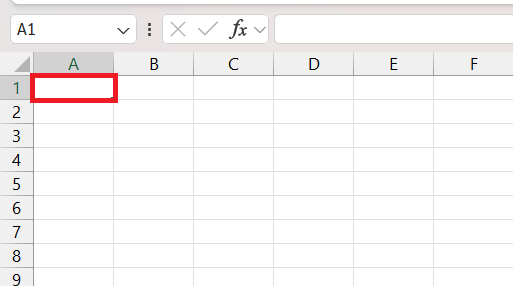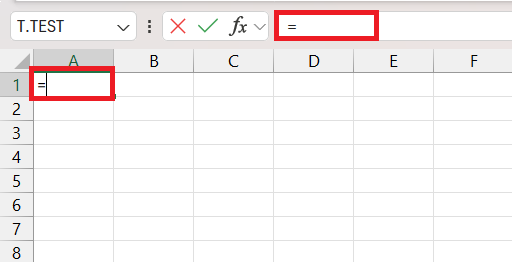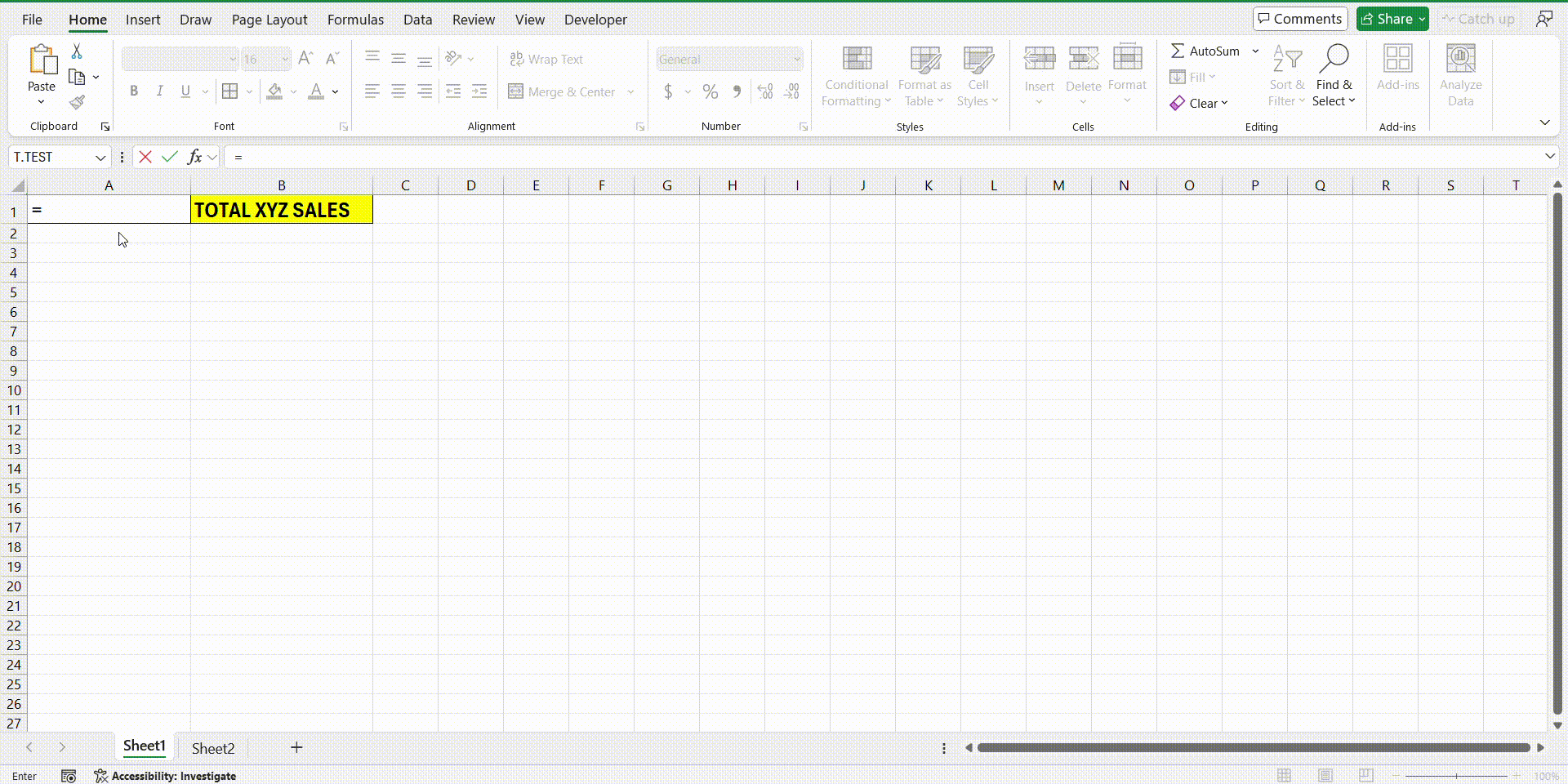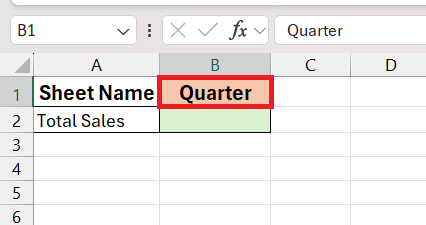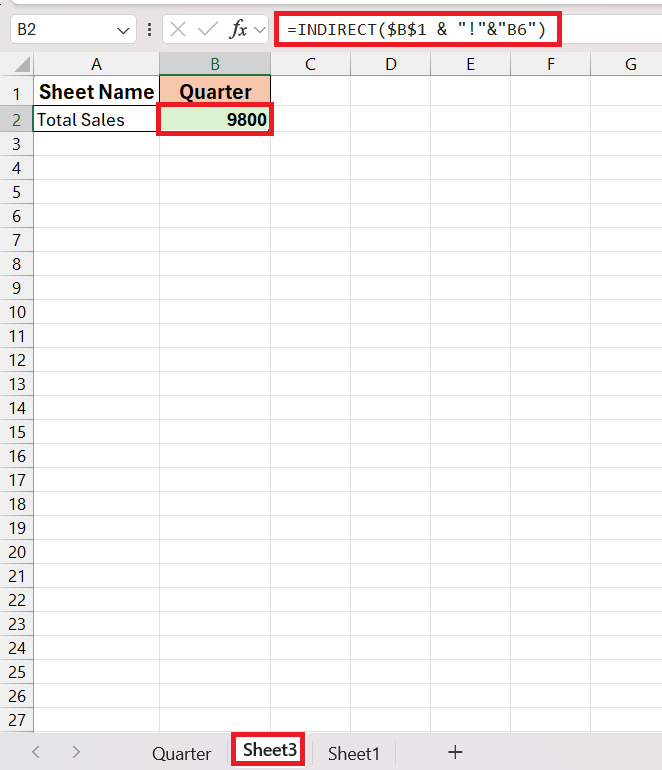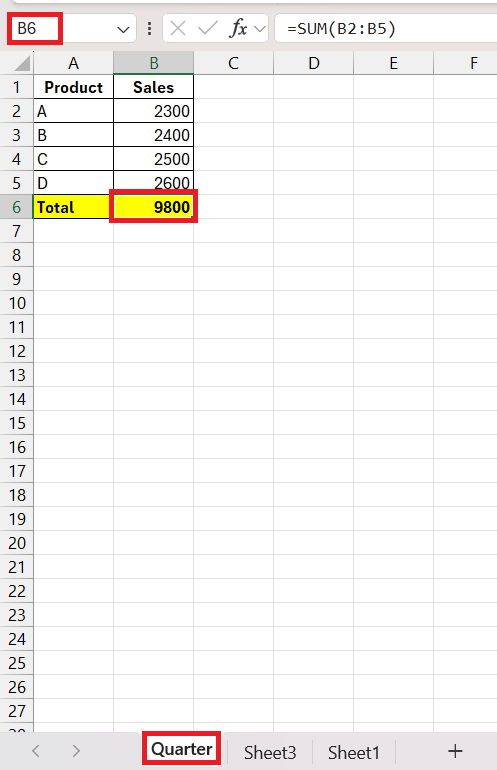Unlock the full potential of Microsoft Excel with seamless data management techniques. In this guide, we delve into Excel’s powerful features, from cross-sheet referencing to advanced linking methods, providing essential skills for efficient spreadsheet navigation and error-free data referencing.
Key Takeaways:
- Master cross-sheet referencing to elevate your spreadsheets to interconnected systems of information, facilitating faster decision-making and dynamic reporting.
- Learn to link cells across different sheets step by step, enabling easy access to data from various corners of your workbook.
- Harness the power of Excel’s INDIRECT function for dynamic sheet referencing, streamlining your workflow and saving time on formula editing.
- Ensure stability in external references by maintaining file paths, network connections, version control, backups, and clear communication in shared environments.
- Utilize Excel’s built-in Formula Auditing tools to keep track of your links, identify errors, and maintain robust, error-free data referencing practices.
Table of Contents
Unveiling the Secret to Easy Excel Navigation
Embrace the Power of Excel for Seamless Data Management
Dive into the universe of Excel and discover how it turns data management into a breeze. With a robust set of tools at your fingertips, effortlessly organize, analyze and translate your numbers into meaningful insights. Think of Excel as a trusty sidekick in your quest to navigate the data-laden environment of the modern world. Whether you’re dealing with sales figures, inventory, or research data, Excel’s flexibility makes it an indispensable tool that caters to your specific needs.
Why Mastery Over Cross-Sheet References is a Must-Have Skill
Gaining proficiency in cross-sheet references is like unlocking a new level of Excel wizardry—it elevates your spreadsheets from simple tables to interconnected systems of information. Imagine being able to glance at summaries on one sheet that automatically reflect detailed data on another, making your decision-making faster and your reports more dynamic. This skill eliminates redundancy, reducing the risk of errors that can occur when manually updating figures across multiple sheets. In essence, mastering cross-sheet references isn’t just a neat trick; it’s an essential competence for anyone who aims to harness the full potential of Excel.
The Art of Linking Cells Across Different Sheets
Setting Up Inter-sheet Cell References Step by Step
When you’re ready to weave together data from various corners of your workbook, setting up inter-sheet cell references is your go-to method. Let’s break it down:
STEP 1: Click the cell where you want the reference to live.
STEP 2: Begin your formula with an equal sign =.
STEP 3: Navigate to the sheet holding your desired reference by clicking its tab.
STEP 4: Click the cell you’re referencing. Notice how Excel adds the sheet name followed by an exclamation mark before the cell reference.
STEP 5: Press Enter, and voilà—the value from the other worksheet is now cozied up in the selected cell, dynamically linked.
This straightforward method enables the value to update automatically when the source cell changes, ensuring that your data is timely and interconnected.
NOTE: The above process can be replicated if the sheets exist in different workbooks.
Conquering Common Challenges in Cross-Sheet Linking
Navigating the potential pitfalls of cross-sheet linking might seem daunting at first, but with a few tips, you can conquer them with ease:
- Reference Breakage: Moving or deleting sheets can sever the links. Keep a vigilant eye on any changes made to sheet names or positions within your workbook.
- Performance Impacts: Excessive linking between sheets can slow down your workbook. Use links judiciously and consider alternatives like PivotTables for large data sets.
- Formula Complexity: Keep your formulas as simple as possible. When they become too convoluted, errors are more likely and troubleshooting becomes a Herculean task.
- Access Issues: If you’re collaborating, ensure everyone knows which sheets are interconnected. Protect sheets with sensitive data to prevent unintentional changes.
By anticipating these challenges and planning for them, you’ll find that cross-sheet linking becomes less a source of stress and more a powerful ally in your data management toolkit.
Beyond Basic Linking: Advanced Techniques and Tips
Dynamic Sheet Referencing: Navigating the ‘Indirect’ Route
Harness the power of dynamic sheet referencing using Excel’s INDIRECT function to streamline your workflow. This function is the GPS of cell references, guiding your formulas to the right destination even when the address changes. Here’s how to navigate it:
STEP 1: Store the target sheet name in a cell, say $B$1 (here, Quarter)
STEP 2: Construct your formula with INDIRECT. For example, =INDIRECT($B$1&"!"&"B6") refers to cell B6 in the sheet named in B2.
NOTE: The above function is pulling the data i.e, 9800 from sheet named “Quarter” with cell reference B6.
Hence, you can change the sheet name in B1 when needed. Your formula automatically updates to refer to B6 in the new sheet, saving you the hassle of editing each formula.
This functionality is incredibly useful when you’re managing data that shifts between sheets—like monthly reports or project tracking. Keep in mind that while INDIRECT is powerful, it’s also volatile—in other words, it recalculates whenever any cell is changed, which might impact performance for large workbooks.
Ensuring Stability in External References: Key Considerations
Maintaining the integrity of your external references is paramount for reliable Excel operations:
- File Paths: Keep a stable file infrastructure and resist moving files unnecessarily. Should movement be required, update the links immediately.
- Network Connections: Store your linked workbooks on a reliable network location rather than local devices to improve accessibility and prevent link breakage due to path differences.
- Version Control: Be cautious with versioning. When multiple iterations of a workbook exist, ensure that you’re linking to the correct one.
- Backup Plans: Regularly back up your data to prevent loss during link updates or if the source file becomes corrupted.
- Communication: If you’re in a shared environment, communicate any file changes to all team members who may be affected to avoid confusion and errors.
Incorporating these considerations will go a long way in making your data management smooth and your external references error-free.
Minimizing Errors and Maximizing Productivity
Formula Auditing: Keeping Track of Your Links
Keeping a vigilant eye on your web of formula connections ensures that your Excel work stays on track. For a smooth audit journey, Excel has built-in Formula Auditing tools that shine a light on the pathways your data takes across sheets:
- Use “Trace Precedents” to see which cells are feeding data into your formula.
- “Trace Dependents” clarifies which formulas rely on the cell you’re examining, a crucial check for understanding the cascade effect of your data’s changes.
These auditing tools act as your data’s GPS, helping you navigate through the network of connections with confidence. Regular audits will help you identify any broken links, unintended dependencies, or errors that could throw a wrench into your calculations.
By making Formula Auditing a part of your Excel routine, you’ll ensure that your cross-sheet connections are not just complex and powerful, but also robust and error-free.
Best Practices for Error-Free Data Referencing
To keep your Excel workbook humming along without a hitch, follow these golden rules for error-free data referencing:
- Simplify when possible: Avoid overly complex formulas; break them into smaller, more manageable parts if needed.
- Stay consistent with naming: Consistent sheet names reduce the risk of reference errors. Rename deliberately, and be sure to update all related links.
- Protect your data: Use sheet protection to guard against accidental changes, especially when collaborating.
- Stay vigilant with updates: When you insert or delete sheets, it’s crucial to update your references. A little maintenance goes a long way.
- Test your work: Before sharing your workbook, thoroughly test all formulas and references to fend off any surprises.
Stringently adhering to these practices will ensure a smoother Excel experience for you and anyone else who dips into your data. It’s about building a strong foundation so that as your spreadsheet grows, your data ecosystem remains robust and dependable.
FAQ: Mastering Excel Sheet References
How do I create a reference sheet in Excel?
To create a reference to a specific sheet within your Excel workbook, start your formula with an equal sign =, switch to the sheet with the data, and click on the cell you want to reference. Press Enter, and the reference is complete. This way, any changes made in the original sheet are automatically updated in the cell with the reference. Remember: Sheet names and cell addresses must be precise for accurate referencing.
How do I create a formula that includes a cell from another sheet?
To create a formula that includes a cell from another sheet in Excel, begin with =, followed by the sheet name, an exclamation mark, and the cell reference. For example, =Sheet2!A1 adds the value from cell A1 in “Sheet2” into your current sheet’s cell. Be sure to match the sheet name and cell address correctly to pull the right data.
Can I automate sheet references based on cell content or dropdown selections?
Yes, automate sheet references based on cell content by using the INDIRECT function combined with dropdown selections from data validation. Set up a dropdown list with sheet names and use INDIRECT to reference the selected sheet dynamically. For example, =INDIRECT(A1&"!B2") where A1 contains the dropdown list. This makes your data interaction dynamic and user-driven.
What is the difference between relative, absolute, and mixed cell references in Excel?
Relative references change when copied to another cell (e.g., B1 becomes C1 when moved right). Absolute references remain constant ($B$1 won’t change regardless of where it’s copied). Mixed references can either fix the row (B$1) or column ($B1) but not both, changing only the unfixed part when copied. These references determine how cell addresses update when formulas are moved or filled across cells.
How can I avoid reference errors when organizing large datasets across multiple sheets?
To avoid reference errors in large datasets across multiple sheets:
- Consistently use named ranges for clarity.
- Minimize sheet renaming and update references if renamed.
- Regularly check links with Formula Auditing tools.
- Protect sheets to prevent accidental changes.
- Simplify formulas where possible and document them for easier troubleshooting.
Stay organized, and always verify your data after making changes to your workbook structure.
John Michaloudis is a former accountant and finance analyst at General Electric, a Microsoft MVP since 2020, an Amazon #1 bestselling author of 4 Microsoft Excel books and teacher of Microsoft Excel & Office over at his flagship MyExcelOnline Academy Online Course.

